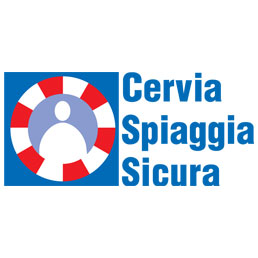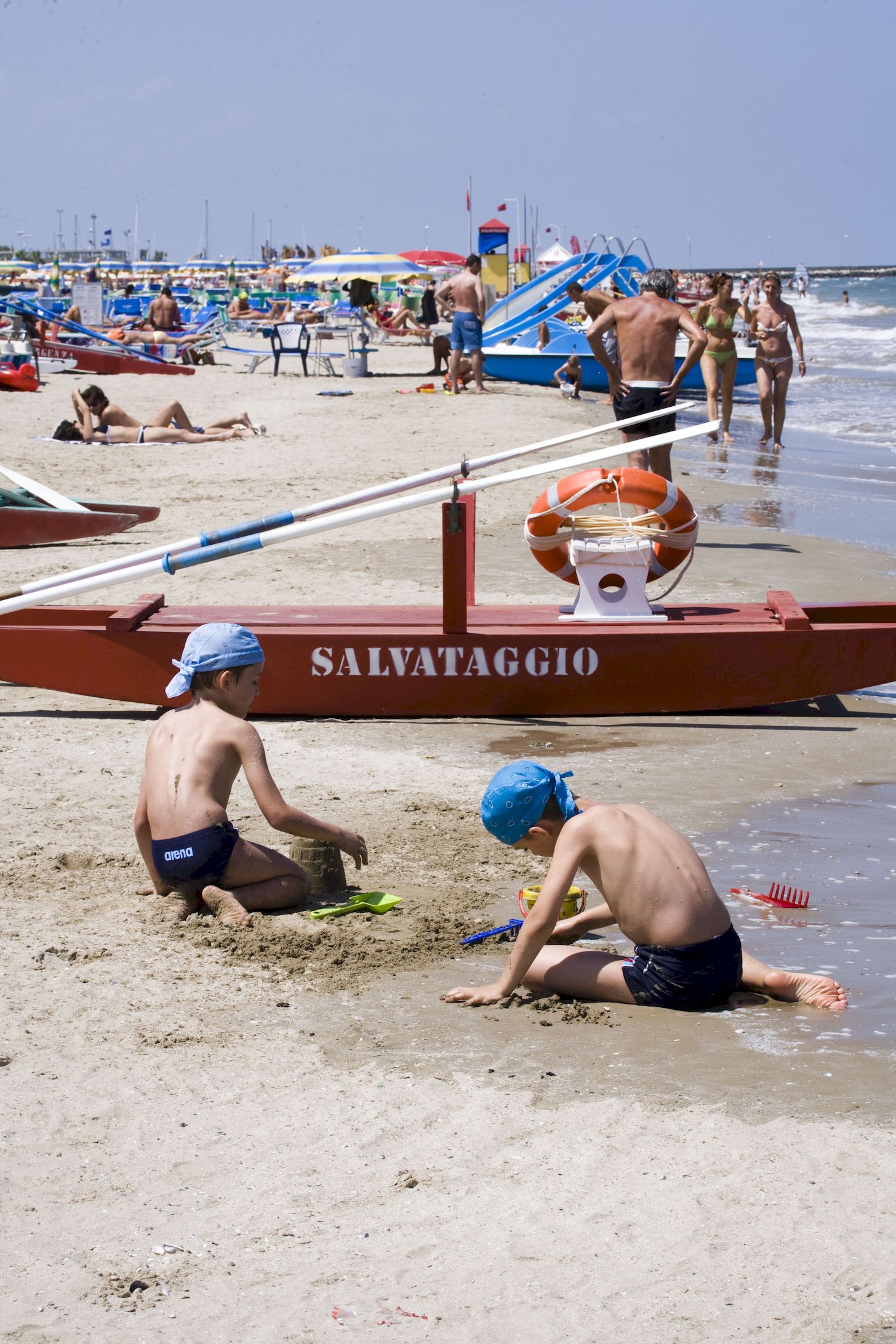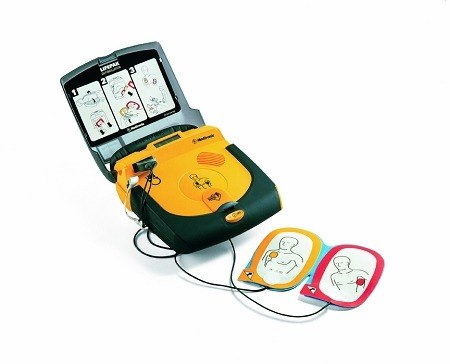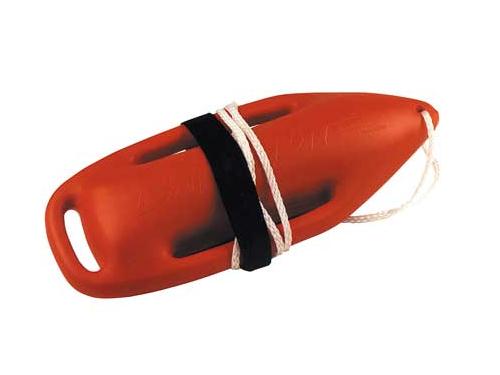CERVIA SAFE BEACHES


LIFEGUARDS
The lifeguards wear red and their lifeguard boats are also strictly red. In the collective imagination they are “heroes” for children and a safety guarantee for adults, and all in all very distinctive figures. But over the years things have changed quite dramatically and, although their “uniforms” and magnetism remain unchanged, today’s lifeguards are extremely well-trained professionals. The lifeguards of Cooperativa Bagnini di Cervia – the Cervia Lifeguards’ Cooperative – are a small army of over 80 people who are nowadays charged with applying a stringent safety protocol on the beaches that has no parallel in Italy. They clean, they are able to use instruments such as defibrillators and they are trained in the necessary medical procedures. During the winter Cooperativa Bagnini di Cervia “certifies” the lifeguards via training courses, from life-saving techniques to English language learning and psychology. These measures also help to ensure that Cervia’s beaches are among the most cutting-edge in Italy.


DEFIBRILLATORS
Increasingly safe beaches: the lifeguards are equipped with defibrillators. Since 2008, when ten defibrillators were supplied by Cooperativa Bagnini to the fifty lifeguards that worked every day along the Cervia coast, the number of instruments made available has trebled. 37 defibrillators are now available to the lifeguards, who have been certified to use these delicate instruments by the emergency medical services following a training course.
LIFEGUARD BOATS
LIFEGUARD TOWERS
The lifeguards are equipped with: a tower, a boat, a lifesaver, an anchor, an AMBU bag, a pocket mask, flippers, goggles, binoculars and a medical kit. The Cervia cooperative was the first to introduce the towers and also equipment such as rescue buoys (the classic red float seen in Baywatch) in place of lifesavers, significantly improving the efficiency of lifeguards during rescues.


Another piece of equipment is the bag valve mask, also known as an AMBU (Auxiliary Manual Breathing Unit) bag, an instrument used by emergency staff to resuscitate and to help patients breathe. In the event of emergencies, a strict protocol decries that three lifeguards from the three closest towers to the emergency provide assistance. Each lifeguard carries out a different task, working in complete harmony with the team. The lifeguards on Cervia’s beaches are not assigned to a specific zone but cover different areas according to a rota system.
QUADS

In the wider context of the institutional control and vigilance activities of the “Mare Sicuro” (‘Safe Sea’) project, which involves the supervision and monitoring of the coastline with dedicated vehicles, the Municipality of Cervia has made two off-road quads available to the Coastguards. These particularly agile and versatile vehicles are highly suitable for responding to problems and infringements on the shore and in the pine groves, enabling their users to get around quickly and easily. The quads were purchased by the lifeguards’ cooperative in order to promote and develop safety projects aimed at reducing illegal activity on the beaches of Cervia. The Coastguards were chosen to stipulate the free loan agreement for the supply and use of the quads on the beach. The agreement between the Municipality of Cervia and the Coastguards enables the Port Authority to use the quads during the summer season along the coastline overseen by Ravenna’s biggest maritime district and, in particular, the shoreline in the Municipality of Cervia, with the aim of carrying out patrol activities to protect the general public. One of Cooperativa Bagnini’s answers to the need for protection and safety with greater supervision and monitoring of the coastline when tourism in the area peaks significantly during the summer.


